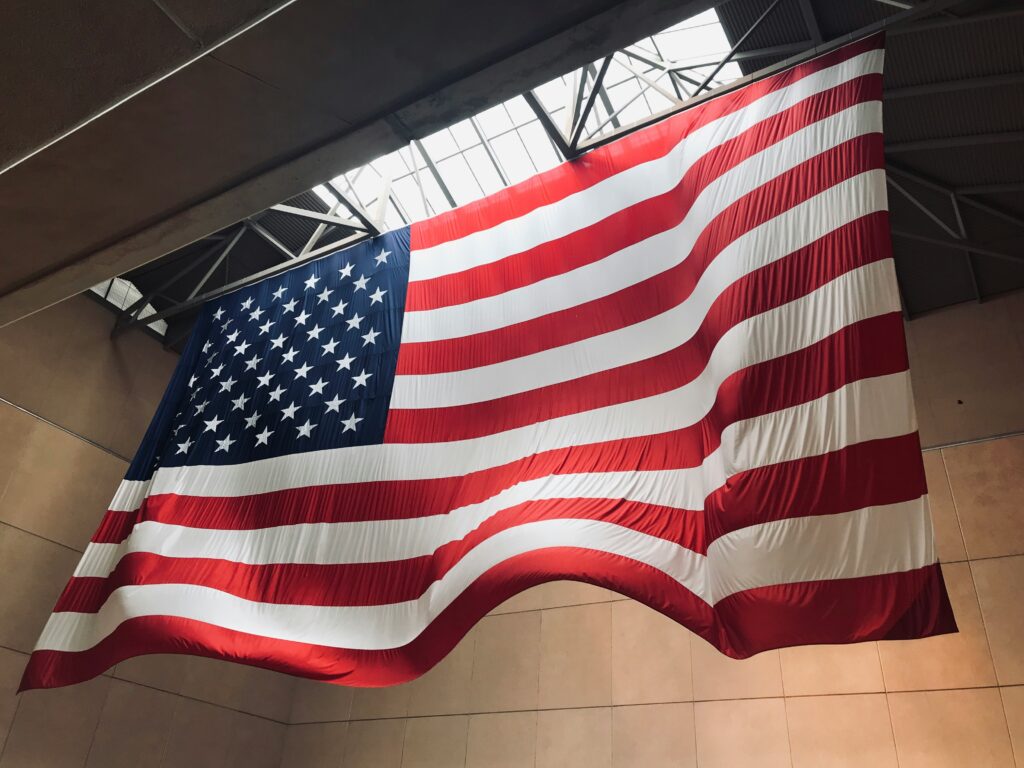Introduction: Tariffs and the USA Economy in 2025
On April 2, 2025, President Trump signed a new trade policy, introducing import taxes of 10% on all goods, with rates as high as 50% on 80 countries (CNN, DoFollow)). These tariffs aim to protect American industries, but how do they affect the USA economy? At AIGreenUSA, we’re focused on AI and green tech, so we’ll explore this through a simple AI lens. Trade policies like these ripple through costs, jobs, and innovation—impacting everything from consumer prices to green projects. Let’s dive into the economic effects and how AI green tech USA can help.

Rising Costs: How Tariffs Hit the USA Economy
Import taxes directly increase costs for American businesses. With tariffs at 34% on China, 32% on Taiwan, and 25% on South Korea (NY Times, DoFollow)), companies importing AI hardware—like GPUs for data centers—face higher expenses. These costs often pass to consumers, raising prices. A smartphone might jump from $800 to $880 due to trade policies ([CNN](https://www.cnn.com/2025/04/02/economy/tariff-price-hikes, DoFollow)). This hits consumer spending, which drives 68% of the USA’s GDP (U.S. Bureau of Economic Analysis, DoFollow)). Reduced spending can slow economic growth, potentially leading to a recession.
For AI green tech USA, higher costs mean tighter budgets for projects like AI-driven solar farms. But AI can help—optimizing energy use to offset price hikes, as we’ll explore later.
Jobs in the USA: Tariffs as a Double-Edged Sword
Trade policies are often touted as job creators. By making foreign goods pricier, tariffs encourage companies to produce domestically, hiring American workers. For example, import taxes on Chinese tech could push AI firms to manufacture chips in Texas, creating jobs (Deloitte, DoFollow)). Some X users agree, noting tariffs might boost demand for U.S.-made products and raise wages in manufacturing.
However, the reality isn’t so simple. Higher costs for AI hardware can lead tech firms to delay expansion, cutting jobs for engineers. Retaliatory trade policies—like China’s 15% on U.S. agriculture (Reuters, DoFollow))—hurt exporters, impacting farmers who employ millions. In 2018, tariffs on Chinese goods didn’t significantly increase U.S. steel jobs, which stayed at 140,000 (The Guardian, DoFollow)), but raised costs for industries like construction. For green AI, this means pricier materials for wind turbines, slowing eco-projects.
Supply Chains: Tariffs Create Chaos, AI Offers Solutions
Import taxes disrupt global supply chains, a challenge for AI companies. The USA imports $486 billion in electronics yearly, much from tariffed nations (U.S. Census Bureau, DoFollow)). With trade policies increasing costs, AI hardware supply chains—like servers for data centers—face delays. This impacts AI green tech USA, as projects like AI-optimized energy grids need steady supplies.
AI can help here. Green AI platforms use predictive analytics to reroute shipments, avoiding high-tariff zones. For instance, AI might suggest sourcing chips from Vietnam instead of China, saving costs. Our post, , dives deeper into these strategies.
Inflation Risks: Tariffs as an Economic Threat
Trade policies often fuel inflation. When import costs rise, businesses pass them to consumers. Economists estimate a 1% tariff rate increase adds 0.1% to prices (Forbes, DoFollow)). The 2025 tariffs, raising the average rate to 18.8%, could add a 0.77% price increase. This might push U.S. inflation above 3% (Bloomberg, DoFollow)), limiting Federal Reserve rate cuts. For AI firms, this means higher energy and labor costs—think $0.20/gallon more for data center fuel.
AI green tech USA can counter this. AI systems cut data center energy use by 30% (Stanford News, DoFollow)), offsetting cost spikes. This aligns with our mission—less energy, smaller carbon footprint.
Innovation: Tariffs Both Hinder and Help
Import taxes can stifle innovation by raising costs and creating uncertainty. Big Tech’s $500 billion Stargate project—20 AI data centers in the USA—might stall if tariffs make hardware too expensive (NY Times, DoFollow)). Higher costs could delay AI adoption, slowing green tech advancements like AI-driven hydroponics. Uncertainty also deters investment—firms unsure about tariff longevity might pause R&D.
But trade policies can also spur innovation. If foreign chips cost more, U.S. firms might invest in domestic AI hardware production. Green AI can lead—designing eco-friendly, tariff-proof chips made in the USA, supporting a sustainable economy.
Global Relations: Tariffs and Long-Term Economic Effects
Tariffs strain global ties, impacting the USA economy over time. Retaliatory trade policies from China, Canada, and the EU shrink markets for U.S. goods, reducing capital inflows and weakening the dollar. For AI, this means less global collaboration—fewer partnerships with European green tech firms on climate solutions.
AI green tech USA can bridge this gap. AI platforms enable virtual collaboration, letting U.S. and global firms work together despite trade barriers. AI can also optimize cross-border renewable energy projects, keeping the USA a green leader.
Green AI’s Role Amid Tariffs
At AIGreenUSA, we see import taxes as both a challenge and an opportunity. Green AI can help the USA economy by:
- Cutting costs through energy optimization.
- Building resilient supply chains with predictive analytics.
- Driving innovation with sustainable, USA-made tech.
Our post, , explores these strategies further.
Conclusion: Tariffs, the USA Economy, and AI’s Future
Trade policies affect the USA economy in complex ways—raising costs, disrupting supply chains, and fueling inflation, while potentially spurring domestic production and innovation. For AI green tech USA, tariffs pose challenges but also open doors. By using AI to optimize costs, build resilience, and drive sustainable innovation, we can turn trade hurdles into opportunities for a greener USA. Follow @aigreenusa on X for daily updates on green tech and trade. What’s your take on tariffs and AI? Comment below!